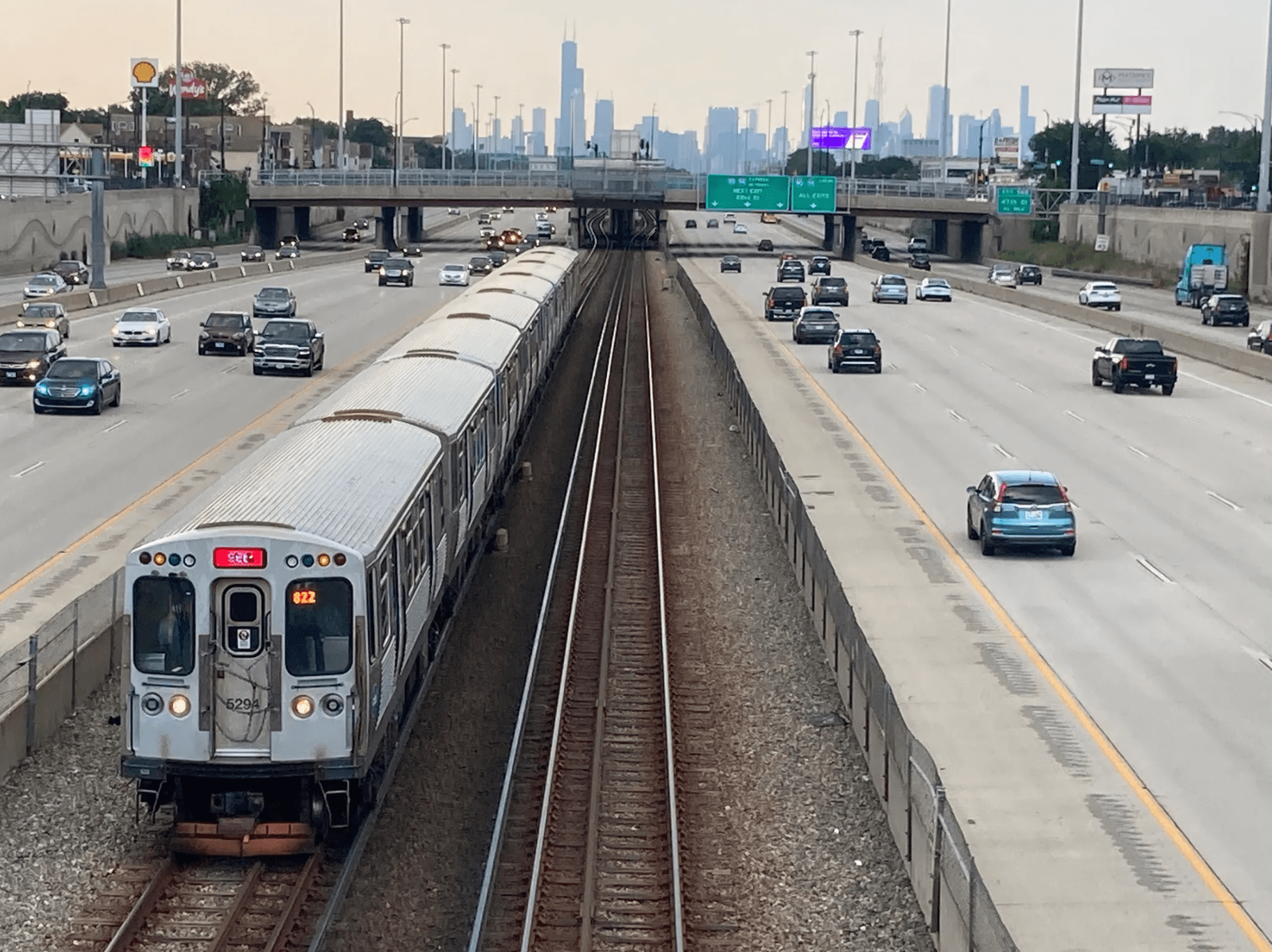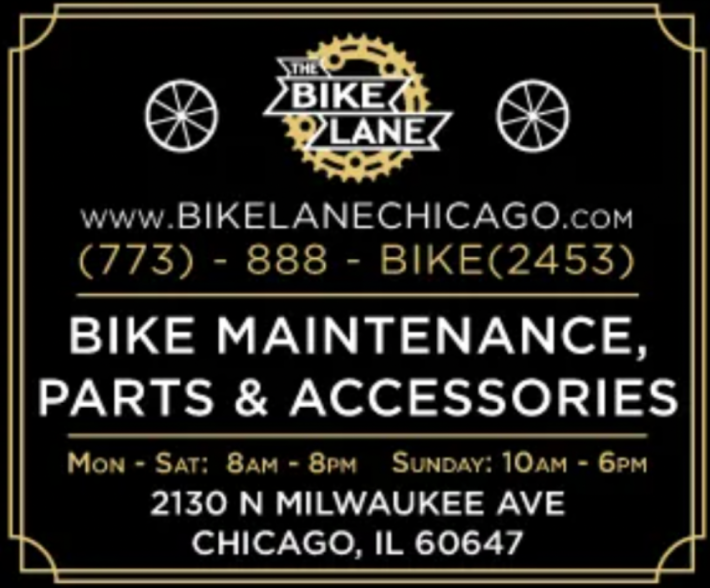
Last week the NYC-based public transportation advocacy organization TransitCenter put out an updated version of its Transportation Equity Dashboard. This initiative measures how effectively bus and train systems in seven transit-friendly large U.S. cities, including Chicago, connect residents to jobs, education, retail, healthcare, and other amenities.
The dashboard keeps track of public transportation schedules and fares while looking at Census figures on demographics, where people live, and where they need to go. The new-and-improved version also includes numbers for different dates, destinations and locations.
It covers public transportation data from early 2020 to early 2024, so it shows how the different metro areas have fared during and after the COVID-19 pandemic. It also looks at which transit systems are having success in closing longtime service inequities, and which are not.
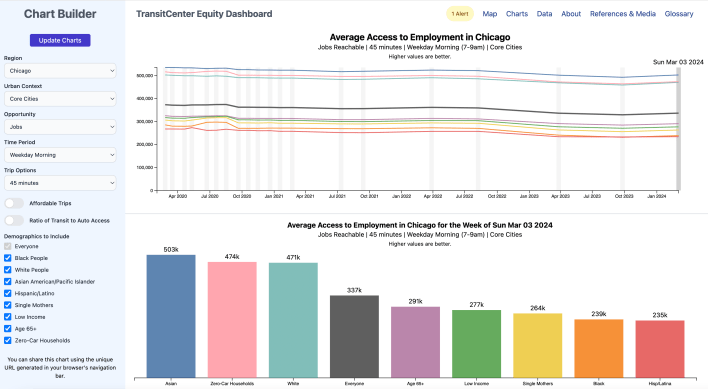
In addition, the dashboard contrasts car access with bus and train access, comparing how many essential resources can be reached in an hour by driving, with how many are accessible by transit in that amount of time.
Along with the dashboard, TransitCenter has published Transit Access Stories, which combine the quantitative data from the former with qualitative info from passengers and other. Check out the Chicago-area Transit Access Stories here.
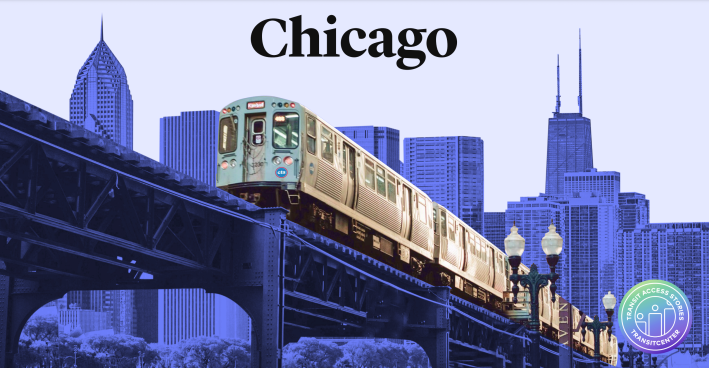
Here are some of TransitCenter's findings from the recent dashboard update project (their words):
- "Even in the most transit-rich neighborhoods of these seven cities, transit riders have dramatically lower access to opportunities than people who drive."
- "Some agencies [NYC, LA, and DC] are running better service than they did pre-COVID."
- "However, some agencies [Chicago, Philadelphia, and Boston] are falling behind in a post-COVID world."
- "Agencies could expand transit access overnight by lowering commuter rail fares."
- "Inequitable transit access continues to plague Chicago, DC, and New York."
- "These inequities are not destiny; Some agencies [in San Francisco and LA] are showing how to close racial access gaps."
"This version of the Transit Equity Dashboard has a lot of key improvements to make the dashboard easier to use and hopefully more impactful for advocates," stated Willem Klumpenhouwer, an independent transit data and research consultant who co-developed the dashboard with TransitCenter. "Nowhere else can you find such a comprehensive big-picture look into how well transit connects people across a range of destinations, demographics, geographies, and dates. My hope is that the work we've done here will spur governments to more carefully consider how their policies impact systemic equity issues in our transportation system."
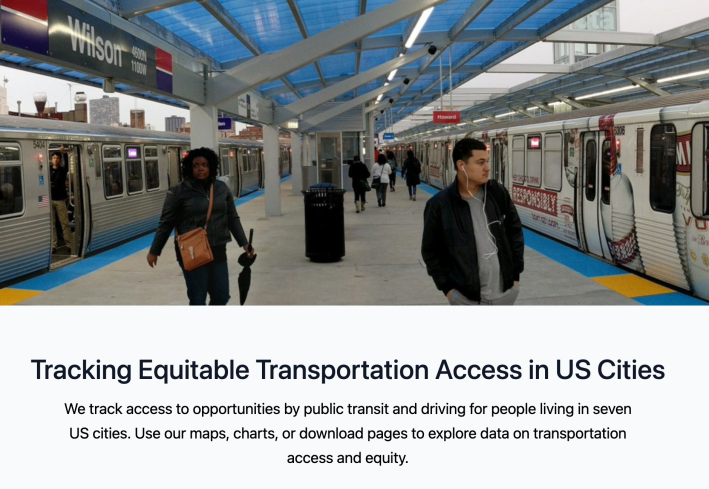
"Our analysis finds that even in this country's most transit-rich cities, transit riders have sub-par access to daily needs like work, health care, food, and recreation, particularly compared to drivers," said Mary Buchanan of TransitCenter, in a statement. "And within transit itself, too often planners have prioritized serving affluent, suburban white-collar commuters while neglecting the needs of other riders. The recipe for improving access by public transit is simple: combine expanded funding for public transit with all-day frequent service, better coverage within communities, affordable fare policy, and reliable service delivery. Our local and state governments need to increase their financial support of public transit so everyone can access what they need to thrive."
"A robust Northeast Illinois public transit system, with attention to underserved areas, would mean greater reliable access for more destinations and relief from overburdened highways," stated W. Robert Schulz III, advocacy co-chair of the Transportation Equity Network in Chicago. "Tragically, this report shows that 95 percent of Chicagoland residents are experiencing less access to jobs by public transit compared to February 2022. The economic vitality of the region is being undercut by the lack of public transportation investment. Even if you never use public transportation, people you rely upon, such as those who clean offices, staff stocking grocery stores, and workers who keep hospitals running, do."
Check out the Transit Equity Dashboard and Transit Access Stories, and feel free to share your reactions in Streetsblog Chicago's comment section below.

Did you appreciate this post? Please consider making a tax-deductible donation, to help keep Streetsblog Chicago's sustainable transportation news and advocacy articles paywall-free.
